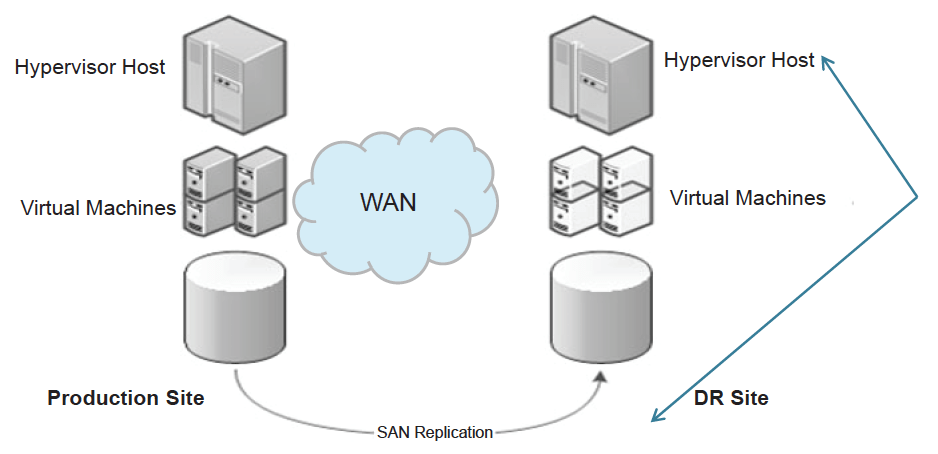Knowledge Byte: Administrator Recommendations For Cloud Disaster Recovery

Cloud Credential Council (CCC)

Disasters are an inevitable certainty for any organization, and disasters are also generally unpredictable. The best strategy is to have a holistic plan that sets out the process by which an organization can return to normal operations after a disaster.
Disaster Recovery (DR) refers to the processes, policies, and procedures needed to recover or ensure continued operation of technology infrastructure critical to an organization after a disaster has occurred.

Production site and DR site
DR is a subset of business continuity. It focuses on the IT or technology systems that support business functions, while business continuity involves planning for keeping all aspects of a business functioning in the midst of disruptive events.
Administrator Recommendations
● To minimize unplanned downtimes and meet service level expectations, organizations should implement highly available IT environments.
● Cloud disaster recovery solutions are built on the foundation of a fully virtualized storage infrastructure, a scalable file system, and a compelling self-service disaster recovery application.
● WAN optimization between the customer and the physical site should be in place so that the cloud enables full data mobility at a reduced bandwidth, storage utilization, and cost.
● Cloud customers must set up proper communication paths with cloud service providers that can be utilized in the event of an incident.
● It is a best practice to focus initially on mission-critical applications and servers when designing a disaster recovery plan.
● Mission-critical systems are defined as systems whose failure results in the failure of key business operations.
● Critical IT systems need to be made fully redundant to achieve a highly available environment.
● DRP has to be designed with the expected MTBF and MTTR in mind, to ensure the expected service level can be delivered in case of hardware failures.
● A disaster recovery system should also include documentation of key roles and responsibilities, and an explanation of how personnel process the particular operation at hand, and some thoughts around the assurance of continuity of data.
Courses to help you get
results with Cloud
Professional Cloud Administrator™
The industry-recognized CCC Professional Cloud Administrator certification provides you a hands-on, practical approach to Cloud provisioning for administrators and touches upon all the aspects of administering Cloud services. The training covers best practices on Cloud administration, Open Source, as well as global vendor standards.
Never miss an interesting article
Get our latest news, tutorials, guides, tips & deals delivered to your inbox.
Keep learning




